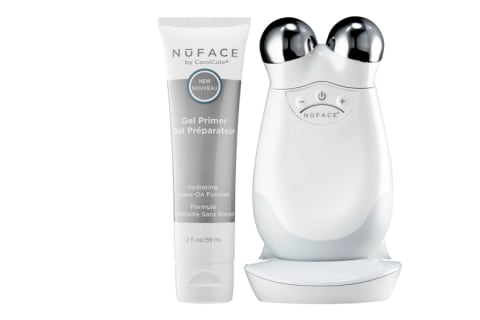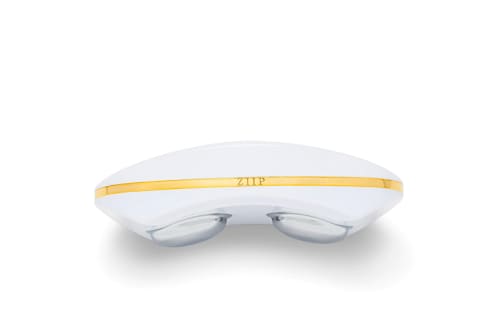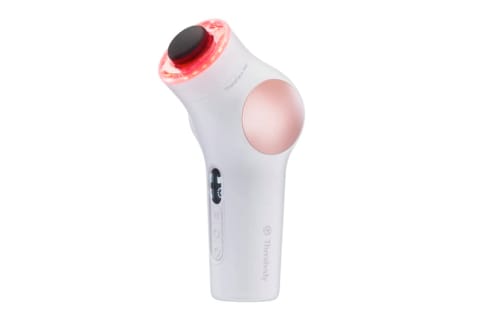Would you consider the magic of microcurrent? Ahead, find everything you need to know before booking a treatment, including the very sciencey reason it helps your facial muscles act younger. It all has to do with a molecule called adenosine triphosphate (ATP), which acts as your body’s natural energy currency. “What we do with microcurrent is replenish and boost the ATP and therefore, the collagen and elastin,” biomedical engineer and holistic skin care expert Pooja Johari, M.S., says in an episode of Clean Beauty School. Now, some spa menus might include microcurrent in “firming” or “sculpting” facials, along with other vibration therapy tools (like Darden’s Facial Sculpting Wand) and face massage techniques. But unlike lymphatic drainage facials, which activate your body’s natural detoxification process, microcurrent uses electrical energy to stimulate the skin. “So it’s more precise and targeted, resulting in a higher stimulation of collagen and elastin cells than traditional methods,” says Frankie Garcia, esthetician at Face Haus. Microcurrents always need a water-based conductive gel to work, so your esthetician will begin by applying a jellylike goop on areas you’d like to tighten. Finally, they will start gliding the device across your skin: “Starting at the neck and finishing on the forehead, an electrical probe is used to lift from bottom up to reeducate your muscles,” explains Akram. Now, for the million-dollar question: Does it hurt? Assuming you’re using a quality microcurrent device, you shouldn’t actually feel anything at all. “Microcurrent is an extremely low level of electricity that mirrors the body’s own natural electrical current. Because this level of electricity is so low, treatments are comfortable and painless,” notes Garcia. You may notice a slight tingling as the device reaches thinner, more delicate areas like around the mouth, but your muscles shouldn’t twitch in response—in fact, any sort of response may be a red flag. If you do opt for an at-home tool in between sessions, just make sure you snag a high-quality, FDA-approved device. NuFACE and ZIIP are reputable, popular brands, and the TheraFace Pro also comes with a microcurrent ring to sculpt the face muscles (along with heads for percussion therapy and LED light). Full disclosure: These tools are pretty pricey, but they are on par with other quality devices on the market—at-home microcurrent is a bit of an investment. Finally, like most tools, professionals recommend skipping any active breakouts. (So if your chin is experiencing acne, stick to the cheeks and forehead until it clears up.) Additionally, those with rosacea should proceed with some trepidation notes Pooja, as for some it can make visible capillaries worse. And if you use an at-home device consistently, you may be able to space out the treatments even further: “Generally speaking, it’s best to [use at-home devices] five times a week for the first several weeks, and then you can reduce the frequency after that to maintain,” Darden says.





